Gian Maria Tosatti (Rome, 1980) is the protagonist of the Italian Pavilion for the 59th edition of the Venice Biennale. The installation / path that the author created is truly exciting and spectacular. The curator who signed the project is Eugenio Viola, the commissioner is Onofrio Cutaia, the title of the work presented is “History of the Night and Destiny of the Comets”.
In the days following the vernissage we met him at the Arsenale, right at the exit of the Italian Pavilion, and we asked him a few questions.
Who is Gian Maria Tosatti?
I am a mirror maker.
What is missing in Italy to enhance the work of young artists?
There is a lack of method and determination. With the Quadrennial, of which I am the artistic director until 2024, we have already launched a series of projects that intend to make the attention to young people and critical reflection on their work systemic. Obviously this is only the beginning because we need to organize a structure and a method so that a project is not reduced to a single episode. These passages must respond to a scientific path, and if something does not add up, then it should change, just like a mathematician must do at the end of a long equation, when he has to replace an incorrect number. The aim must be to give stability, building the path piece by piece, reminding us that there are not only single artists, but a sequence of generations. Artists have always existed as part of a generation and each writing in the history of art is a set of passages and intertwining. This is why the connecting lines are important so that we can understand the value of the artist not as a monad, but in relation to other figures who are always connected to each other. When these connections are made, you understand which work is guiding and which one follows … but the method must be scientific, you cannot improvise, and you must have the responsibility to continue this work over time, without always starting all over again, as if there was never any development. And that’s because the only things that have value are those that last. And on the duration, on the time, we must also evaluate the work of an artist and not on his single piece.
You are active with various roles (artist, journalist, curator, teacher, artistic director of the Rome Quadriennale); if you had to choose only one role which one would it be?
For me they are tasks that I have taken on out of a spirit of responsibility, in the sense that I have made myself available to the community. But I want to emphasize that I am not a curator, because although I sometimes cook at home, I cannot consider myself a real cook.
What relationship do you have with social networks?
I deal with them only for professional use, in the sense that every now and then I publish some images, to give some information about my work … But obviously there is a risk lurking: the risk is to separate ourselves more and more from reality and live a reality that in fact does not adhere to what can really be done, in the sense that it takes a moment to throw poison on a social network, while in real life we would never do it because obviously the consequences are different. So, this world that makes it easier for us to do things worse than we would do them, I believe needs a deeper thought. I say one thing though: if social networks produce monsters it is not because the social network creates them, the problem is that we have probably not raised people’s spirits to the point that perhaps they can use these tools as “living rooms” for serious and reasoned discussion.
Is it possible to live on art in Italy?
I always tell my students that it is easier to become a minister than to pursue an artistic dream. To succeed, I had to live in the United States for ten years, and an all-Italian career is really difficult at the moment. Still, we need to make it happen. For example, with the Quadriennale, research grants have been opened and above all a grant for a curator in residence under 30.
A few months ago Vincente Todolì who told me: “The artist must be sincere: he makes art because he wants to make art, not to seek fame. Fame is a consequence, not the starting point. And for this he needs honesty”. Do you agree?
A few years ago, in Sicily, Vincente Todolì told me: “I like your work because it never says which side you should be on as an artist”. It is necessarily so and this is honest. Honesty is precisely trying to build mirrors, being as sincere as possible always reproducing reality for what it is. Art can do it in a synthetic way: reality is very big, sometimes we get lost inside it, while instead art manages to put everything inside a small icon and that icon, therefore, can become easily recognizable, but only if it is true. Sincerity and truth have a lot in common, and they go hand in hand.
If you weren’t Gian Maria Tosatti, who would you have liked to be?
I don’t know… this is a tough question. Everyone is what they are, and there are people I admire but don’t want to be them. Giovanni Bellini was an incredible person… but it is good to love some people for what they have been … My partner, for example, I love her deeply, but I don’t want to be her.
How important are public relations and merit in the Italian artistic environment?
Unfortunately, without merit you can have all the public relations in the world, but you can’t get anywhere.
I recently read in a trade magazine that the figure of the curator is at sunset, what do you think?
I think that the figure of the curator has been dominated by confusion in recent years, in the sense that we do not even know what the meaning of this word is: we have put so many things into it that we have reached grade zero. I mean, something that you do not try to discipline, to understand, and to put in a scientific and obvious way that then crumbles in your hands. I believe that the figure of the curator is extremely important, but he must be able to regulate himself according to a theoretical dimension that is always very strong. Perhaps, as for the artists who do sculpture, painting, video and performance there are different types of curatorship. Ultimately, for me the curator is a truly important figure where he is an interpreter of roads in the construction of artistic and cultural paths that no one else, no other figure is appointed to do.
Info:
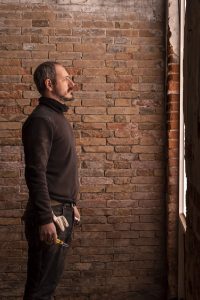 Gian Maria Tosatti Artist, ph Maddalena Tartaro, courtesy DGCC – MiC
Gian Maria Tosatti Artist, ph Maddalena Tartaro, courtesy DGCC – MiC
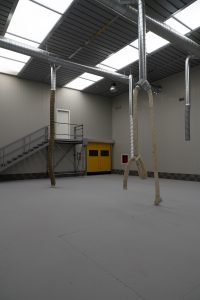
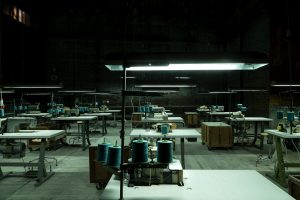
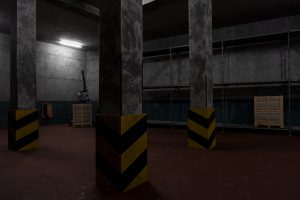
For all the images: Gian Maria Tosatti, “History of Night and Destiny of Comets” (Storia della Notte e Destino delle Comete), Italian Pavilion at Biennale Arte 2022, curated by Eugenio Viola, Commissioner of the Italian Pavilion Onofrio Cutaia. Courtesy DGCC – MiC
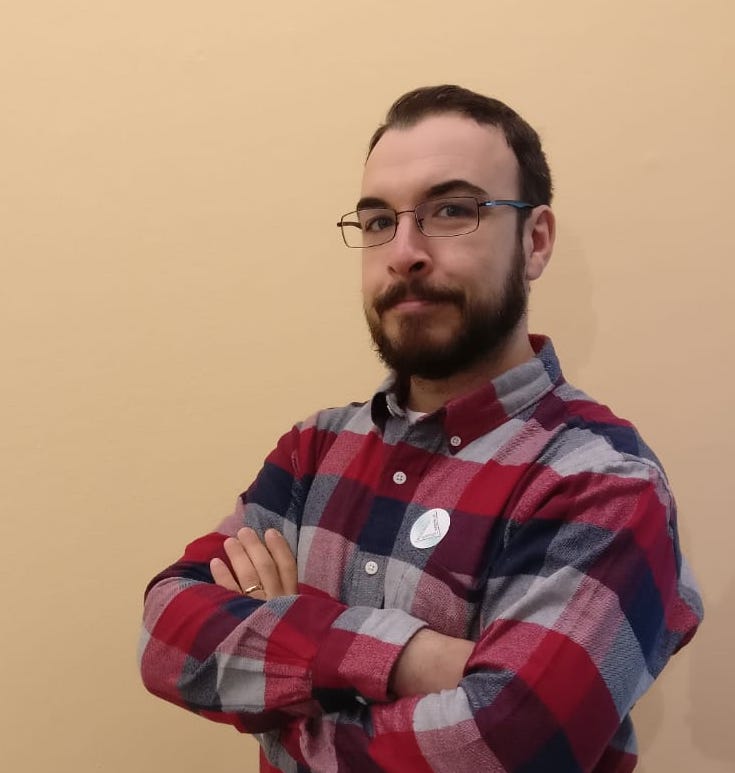
Independent artist and curator. Founder of No Title Gallery in 2011. I observe, study, ask questions, take informations and live in contemporary art, a real stimulus for my research.






NO COMMENT